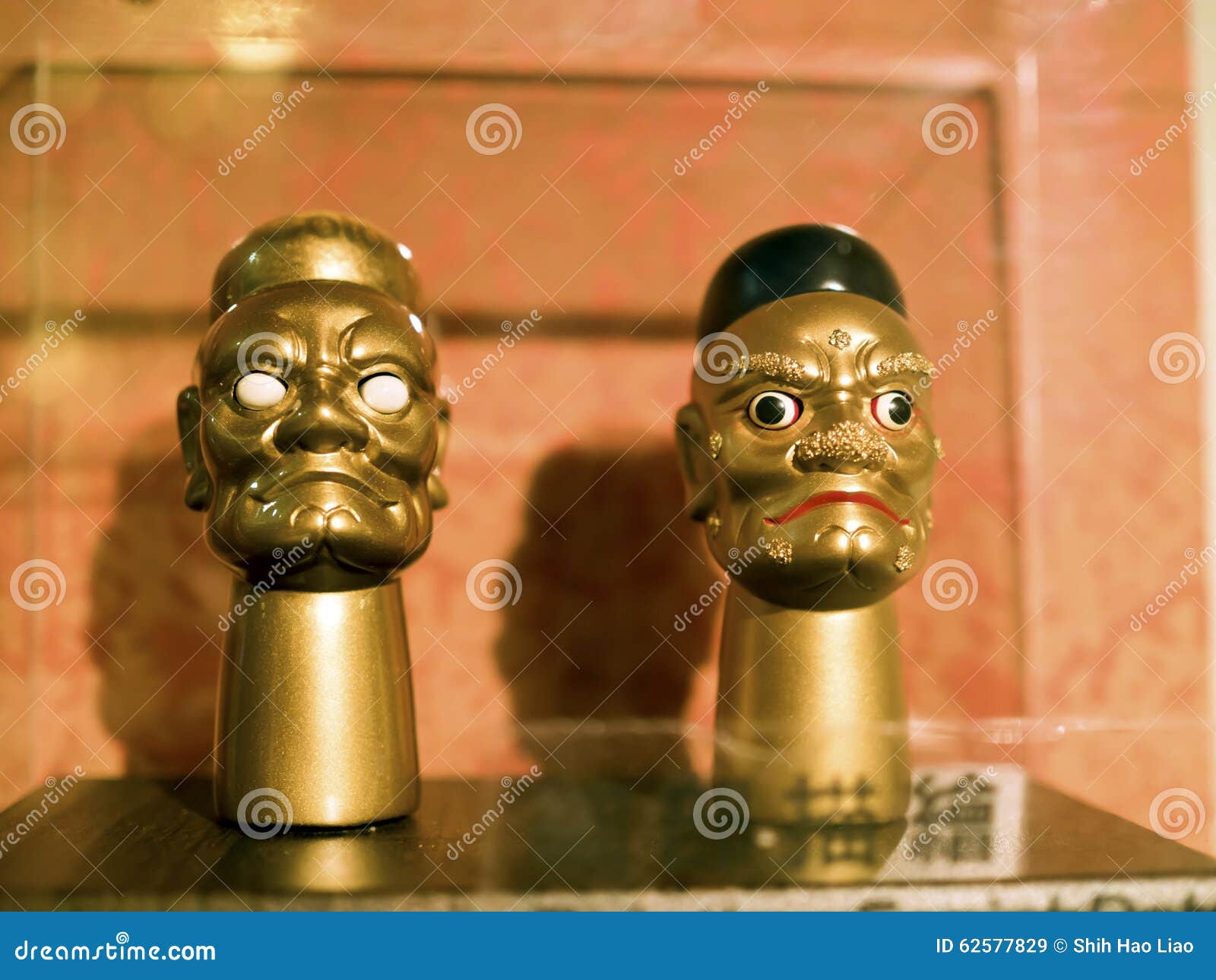
Not only did this combination bring the completely new vision to Chinese puppet show, but at the meantime the pubic could learn more about this genre of performing art.

The refreshing and lively show which was performed by the Giwaran puppet theatre group had combined the traditional performing art with the modern way of performance.

Due to his hospitality we had the opportunity to visit their greenroom after the show. 2 The Dapenkeng culture developed a unique style of pottery. 1 Between 4000 BC and 2000 BC people in what is now Hualien produced and traded valuable jade ornaments and jewelry. Around 5,000 years ago jade and earthenware works started to appear. People there were all intoxicated by the wonderful show.Īfterward, his descendent introduced some interesting things of Chinese Puppet, for example, suona horn, a woodwind Chinese instrument. Stonecutters of the Changbin culture began to make art on Taiwan at least 30,000 years ago. Luckily enough, there was a puppet show about the Chinese folk legend - Wu Song’s fights the tiger.
TAIWAN GLOVE PUPPETRY TV
It is one of the most popular TV shows in Taiwan.
TAIWAN GLOVE PUPPETRY SERIES
The TV series debuted in 1984, 1 and it still continues today. It is made by Pili International Multimedia. The survival of bodehi relies on the audience, Chen urges.

But as with any traditional art form, the responsibility for keeping it alive does not rest solely with practitioners. Television channels rarely broadcast puppetry performances. There were so many Chen Pos apprentices at Taiwan but no one dared to be his assistant except Li Tien-Lu. However, as the saying goes, Dont teach your grandmother to suck eggs. They visited the museum to find valuable source for a research project of Chinese puppet that they planned to conduct after going back to France.ĭuring our refreshing visit in the museum, we honorably had the company of Tian-lu LI’s descendent along the way. ( 1985) Pili (Traditional Chinese:, Peh-o-j: Phek-lek, 'Thunderbolt') is a glove puppetry show from Taiwan. Moving and therefore transforming from outdoor performances in villages and city neighbourhoods to television and the internet, glove puppetry reflects the vitality of Taiwanese culture and folk art. Although glove puppetry is deeply ingrained within Taiwanese culture, the tradition is not completely safe. By the invitation of the owner of Chi Wen Ge, Wu A-Wen, the Quanzhou puppet master, Chen Po had his eighth time to Taiwan for performing. While wandering in the Tian-lu LI Puppet Museum, I met six people -two French, Hai-Li XIA, her friend and a guest lecturer of National Taiwan University of Art.


 0 kommentar(er)
0 kommentar(er)
